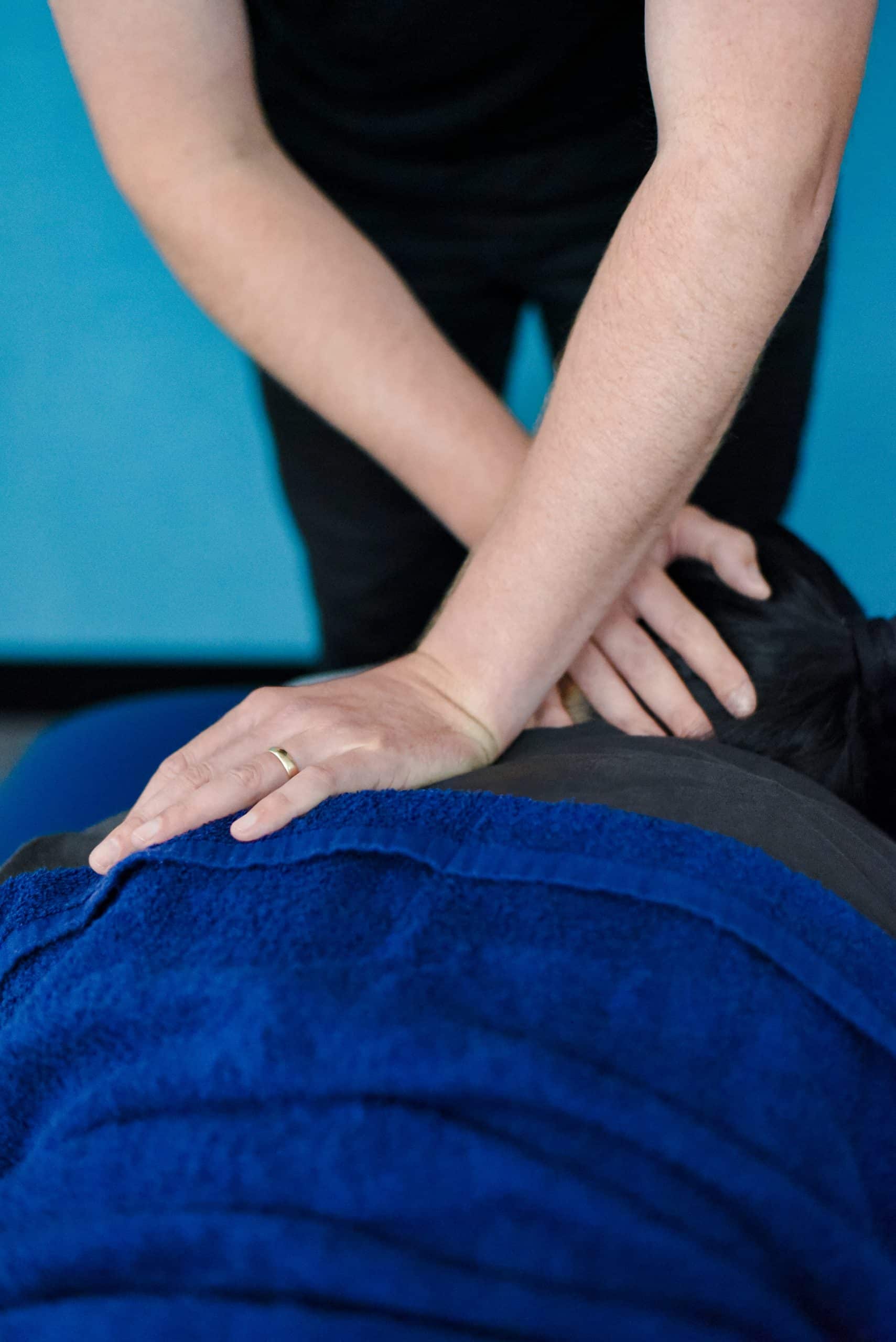Osteopathy

OSTEOPATHY
What is Osteopathy?
Osteopathy is a regulated manual medicine discipline that focuses on the health of your whole body, and can be thought of as a holistic method of healing. This means that the body is not looked at in isolation but as part of a whole.
Osteopathy recognises that dysfunction in one area of the body can profoundly affect and manifest in other areas of the body. The goal of an Osteopathic treatment is to remove the obstacles (i.e. postural strains or imbalance) and allow the body to restore itself to a natural state of health.
In Australia, Osteopaths undergo a 5-year degree at minimum and require registration to practice. Osteopaths will often pursue other areas of training, such as dry needling, to complement their Osteopathic treatments. As a result of their study and clinical experience, Osteopaths have an expert knowledge of the workings of all your musculoskeletal system, which comprises of bones, muscles, joints, and nerves.
Osteopathic techniques are used to treat pain and restriction in the body, without the use of drugs or surgery.
Treatment techniques
Osteopaths diagnose and treat disorders of the musculoskeletal system using a variety of techniques that may include:
• Stretching
• Massage
• Mobilisation
• Myofascial release
• Safe joint manipulation
• Muscle energy technique
• Cranial
• Dry needling
• Cupping
• Exercise and postural prescription
Conditions that may benefit from Osteopathy
Due to the hands-on physical nature of Osteopathic techniques, Osteopathy offers a great option for those wanting to avoid taking medication or undergoing surgery to relieve pain and physical restriction in their body. Osteopathy may benefit people of all ages suffering from:
Head and Neck: Headaches, Migraines, Whiplash, Stiff Pain & Jaw Pain
Shoulders: Frozen Shoulder, Rotator Cuff & Shoulder Injury
Wrist: RSI & Carpel Tunnel Syndrome
Hips & Legs: Sciatica, Hip Flexor Pain, Pelvic Asymmetry & Hamstring Injury
Elbow: Tennis/ Golfer's Elbow
Back: Upper, Mid & Low Back Pain, Disc Injury & Scoliosis
Ankles & Feet: Sprains & Strains, Achilles Tendonitis & Shin Splints
General: Arthritis, Joint Pain, Sports Injuries, Pregnancy Pain, Muscular Pain, Postural Pain & Chronic Injuries
What to expect from your treatment
During your first treatment, your Osteopath will ask you questions about your presenting condition(s) and relevant medical history. They are trained to perform basic medical examinations, such as neurological and orthopedic testing if required.
A typical treatment will then continue with soft tissue (or massage) work to the targeted muscular areas, followed by gentle mobilisation techniques. Post-treatment advice on self-care, posture, exercise and stretching will also be given.
Some patients may experience slight discomfort following their treatment. This discomfort may start immediately or 1-2 days after the treatment. This typically subsides quickly, within a 1-2 days as a rough guide.
Although every “body” is unique, as a realistic guideline, most acute cases will generally require 3-5 treatments for the full effects of Osteopathy to be gained. A famous Osteopathic maxim is “find it, fix it and leave it alone!” Once a favourable treatment outcome is reached, the patient is encouraged to maintain their health by exercise and stretching.
Feel free to ask as many questions as you like during the consultation, or even phone us and talk to one of the Osteopaths.
Our Osteopaths
We have a fantastic team of experienced Osteopaths ready to listen to your story and work with you to achieve your health goals:
